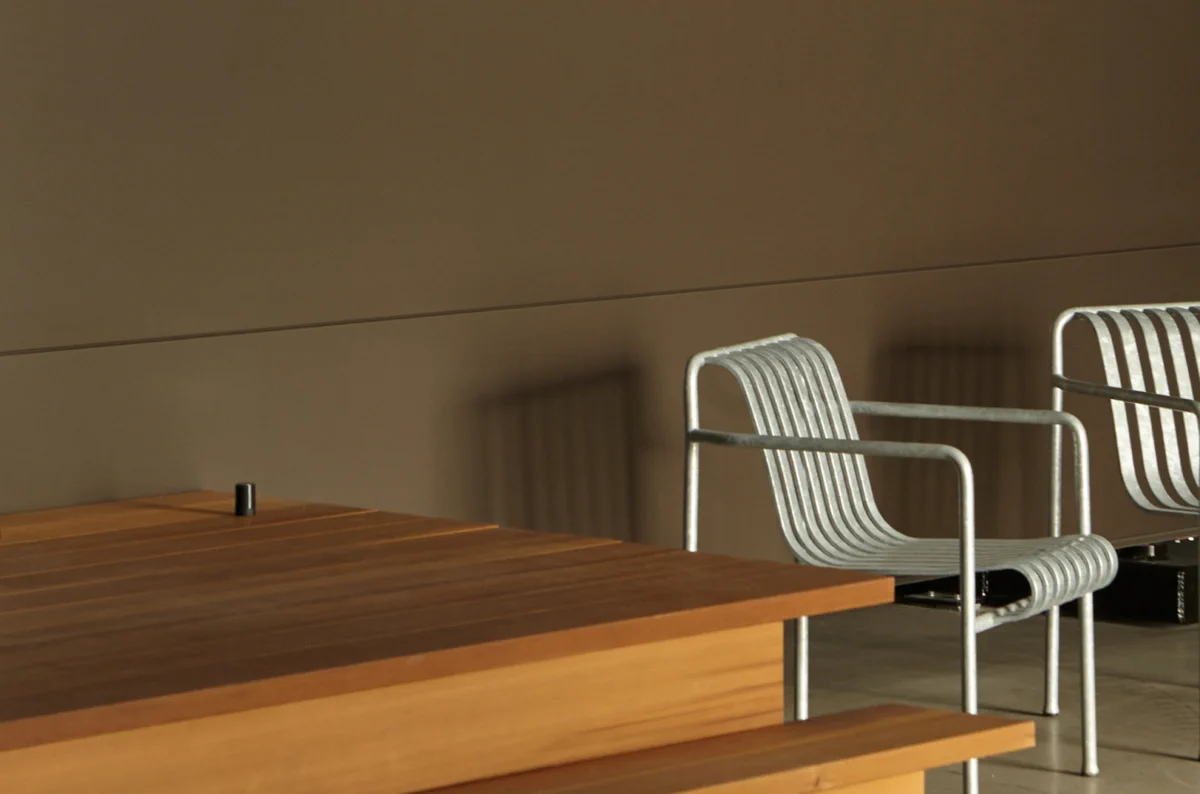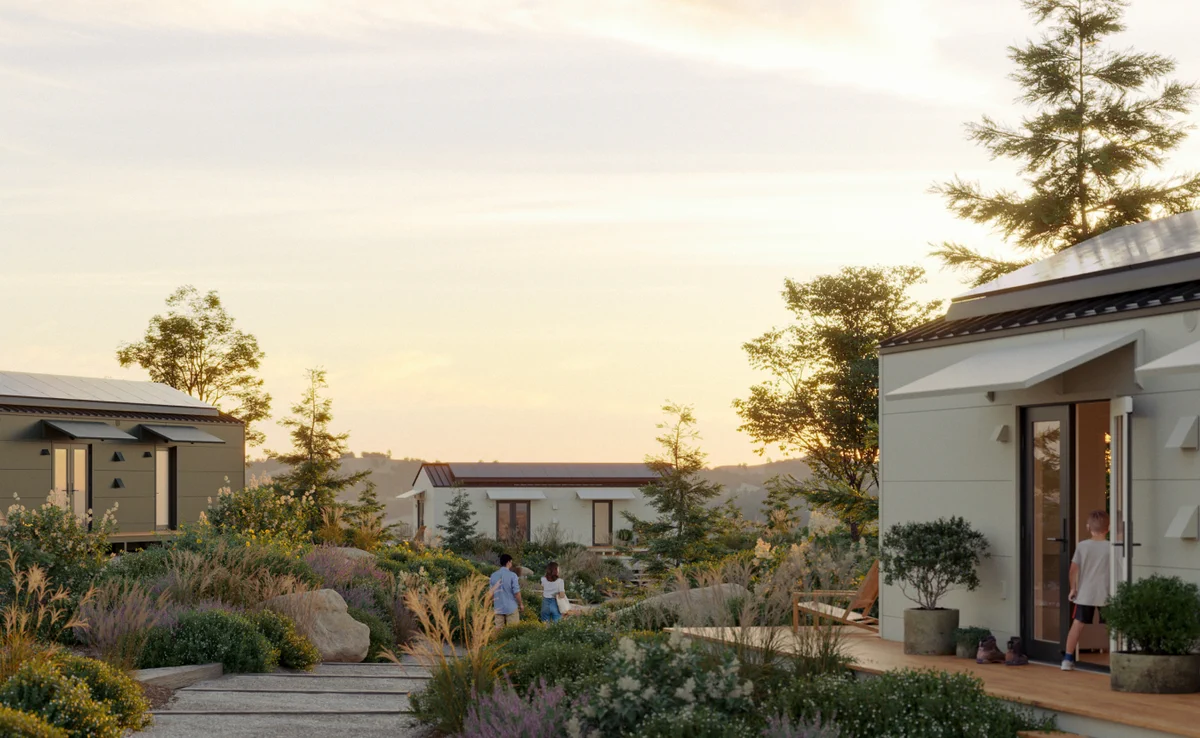How To Get an ADU Grant in California
Despite the potentially steep initial investment, an accessory dwelling unit (ADU) can provide measurable value to you and your home. However, figuring out how to fund your ADU project can be challenging, especially if you’re already covering a mortgage payment for your primary home.
The state of California offers targeted grants to help homeowners manage the costs of getting an ADU, paving the way for additional funding programs in the future. Obtaining one of these California ADU grants is a multi-step process, most of which you’ll have to go through regardless of your funding source.
Five steps to getting an ADU grant in California
Whether you’re looking at building a studio or one-bedroom accessory dwelling unit on your property, the steps necessary for obtaining a grant are similar. Individual requirements vary between available grant opportunities, so be sure to read the fine print carefully. It’s also important to understand what is considered an ADU in California, including specific definitions and requirements, to ensure your project complies with state guidelines.
Here are the steps involved in getting an ADU grant in California:
-
1
Research and identify grant opportunities
- A quick search for “ADU grants in California” reveals several results you can pursue when seeking out grant funds for your ADU project. Most ADU grants in California (and those that cater to homeowners nationwide) stipulate requirements based on three key factors.
- These include homeowners, their primary residence, and the proposed ADU. Eligibility for homeowners often depends on income, but corresponding requirements for primary and ADU residences vary.
-
2
Gather the necessary documents
- Once you’ve determined eligibility, it’s time to gather the requested documents, as indicated on the grant application. These documents typically prove eligibility, demonstrate characteristics of the proposed ADU project, or meet any other additional requirements that may apply. Pay particular attention to what’s requested of you to avoid submitting an incomplete or incorrect application.
-
3
Complete and submit your grant application
- Some grants — such as the California Housing Finance Agency (CalHFA) ADU Grant discussed below — may require establishing a relationship with a lender who can help you complete and submit your grant application.
- In any case, it’s vital to review your application with another set of eyes before submission. Retaining copies of your submitted application can also prove helpful in referencing key dates or information later on.
-
4
Await approval and receipt of funds
- After submitting your ADU grant application, it’s only a matter of time until you receive notice of approval and granting of funds or rejection. If you’re chosen during the selection process, you’ll receive further instructions regarding disbursement and any other obligations you must fulfill (e.g., taxes). Ensure you understand your responsibilities in accepting the grant money before allocating the funds.
-
5
Initiate your ADU project
- With the ADU grant funds in play, it’s time to move forward with building your accessory dwelling unit. As you approach the finished product, keep an eye on your budget to guide your purchasing decisions. Maximizing every penny of your ADU grant ensures a higher return on investment and makes enjoying the space that much more fulfilling.
ADU grant example: California Housing Finance Agency
The California Housing Finance Agency (CalHFA) ADU Grant is one of the most common ADU grants you’ll come across in your search. Although this round of funds has already been disbursed, homeowners can check back to determine when the next application period begins.
This grant offered homeowners up to $40,000 to cover ADU closing costs, which can include:
- Architectural designs
- Energy reports
- Impact fees
- Permits
- Property surveys
- Site preparation
- Soil tests
Income limits for the latest round of grants varied by county and ranged from $53,920 in Merced County to $143,040 in Santa Clara and San Benito counties. The application also required an established relationship with a pre-approved lender, a selected loan product to fund the ADU construction, and a corresponding permit demonstrating the city’s approval.
While the $40,000 grant can make a significant dent in total ADU costs, homeowners must pursue the permitting process beforehand and be prepared to refinance their primary residence — potentially at a higher interest rate than what they had previously.
What ADU costs can a grant help with?
From start to finish, the process of building an ADU involves varying costs at numerous touchpoints. Since each ADU construction project incorporates evolving factors and variables, pinpointing exact numbers proves difficult.
However, most ADUs share the following types of fees:
- Design: Many homeowners contract with an ADU designer to efficiently and effectively optimize space.
- Permitting and planning: Some ADU designers may handle the permitting and planning stages to gain the city’s approval for your intended ADU.
- Site preparation: ADUs must abide by the same regulations as any other dwelling regarding the site where it stands, including soil testing.
- Construction and system installation: Assembling four walls is one thing, but hooking up electricity, plumbing, and any other necessary systems requires expert assistance.
- Furnishings: Many homeowners fall victim to spending most of their ADU budget on this step specifically.
- Landscaping: Integrating your ADU with the surrounding landscape gives it a more complete look.
- Unexpected expenses: No home project is complete without a few incidentals along the way.
Several fee types depend on the city you live in. For example, the City of Woodland, California, applies an impact fee if your ADU is 750 square feet or larger.
According to the city’s website, construction costs can range from $21,450 to convert a space to an ADU to $207,000 for an attached ADU, and permitting fees range from $1,025 for a conversion to $5,400 for a detached ADU.
Despite the steep costs associated with an ADU, the number of permits requested for this type of dwelling comprised 18% of total permits and production in 2022, according to the Urban Institute. A record 24,857 ADUs were permitted in California that year, up from 20,517 a year prior.
What else do I need to consider when financing my ADU?
Unfortunately, current ADU California grants don’t cover the entire cost of an accessory dwelling unit. However, homeowners can turn to other traditional means of financing to cover the expenses associated with an ADU.
Common examples include the following:
- Cash-out refinance: Take out a larger home loan to pay for costs associated with an ADU through the difference between what you owe and your loan amount.
- Construction loan: These loans often have high interest rates and shorter terms to help pay for initial ADU construction.
- Home equity line of credit (HELOC): Use the equity in your home to borrow and repay funds with a variable interest rate, similar to a credit card.
- Home equity loan: Borrow against your home equity and receive a lump-sum loan amount with a fixed interest rate to cover ADU costs.
- Renovation loan: Use this type of loan to pay for the cost of converting interior spaces to an ADU.
Each of these funding options comes with advantages and disadvantages that may fit your financial situation. However, financing your Backyard ADU purchase with Samara can unlock benefits like no payments or interest for six months, no money down, and no need to leverage your existing mortgage.
Our flexible financing terms include rates as low as 6.5% APR, and with no prepayment penalties, you’re free to pay off your ADU investment on your own schedule.
You could keep reading about ADUs.
Or step inside one.
Find a showroom

Finance and build your new ADU with Samara
Budgeting for the unknown expense of building an ADU can keep you from investing in your property and your future. Samara offers guidance and support throughout the process, from financing and permitting to preparing your intended ADU site and initializing construction.
Our end-to-end loan coverage allows you to finance up to 100% of ADU costs with low rates and flexible loan terms to fit your preferences, so you don’t have to worry about grant deadlines or applications.
Pre-approved in California, Samara’s Backyard ADU comes in multiple configurations and can be installed in as few as seven months, including permitting. Our efficient and streamlined supply chain translates to a single month of on-site labor to install and put the finishing touches on your brand-new ADU.
Check out our FAQ page to learn more about our Backyard ADUs, or call us at 650-420-2607 to schedule a consultation. Unlock the potential of your yard with Samara.
Samara Finance, LLC is licensed by the Department of Financial Protection and Innovation.
Samara does not make loans. All loans are made by Samara’s third-party lender partners. Loans made or arranged pursuant to a California Financing Law, license number 60DBO-188555, NMLS Consumer Access number 2549049.
Sources:
With five prefab models, Samara has an ADU for every yard.
Explore the lineup




